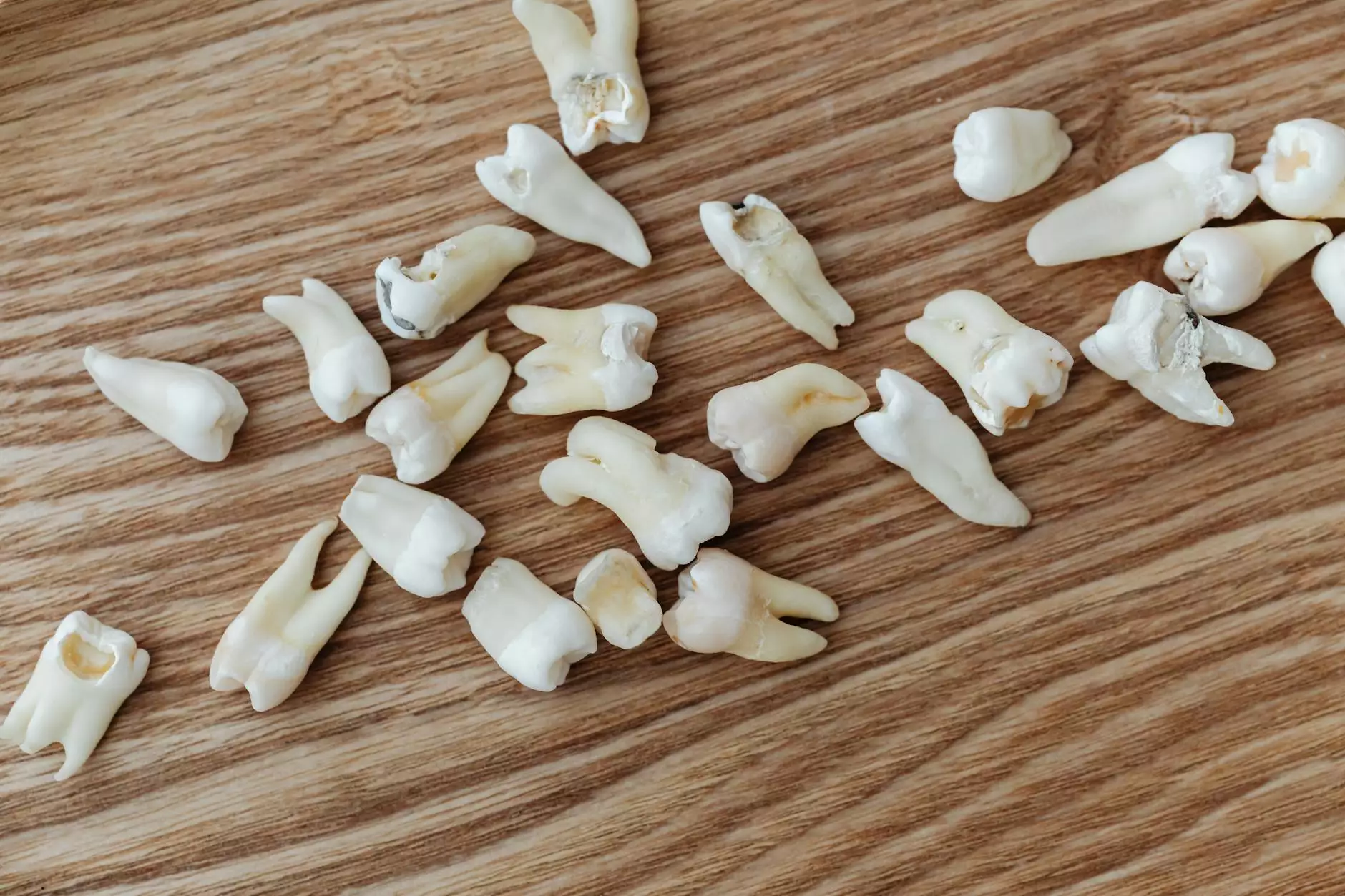Tendonopathy vs Tendonitis: Understanding the Key Differences

Tendonopathy and tendonitis are terms often used interchangeably, but they refer to different conditions affecting the tendons in our body. Understanding these differences is essential for accurate diagnosis and effective treatment. This article provides a detailed exploration of both conditions, helping you recognize symptoms, identify treatment options, and implement prevention strategies.
What are Tendons?
Tendons are strong, fibrous connective tissues that attach muscles to bones. They play a crucial role in facilitating movement by transmitting the force generated by muscles. Given their critical function, any disruption or injury to a tendon can significantly impact mobility and quality of life.
Defining Tendonitis
Tendonitis is typically characterized by inflammation of a tendon, often resulting from overuse or acute injury. This condition can cause pain, swelling, and tenderness in the affected area. It commonly affects athletes, but it can also occur in non-active individuals.
Common Causes of Tendonitis
- Repetitive Motion: Engaging in repetitive activities, such as playing sports, typing, or construction work.
- Acute Injury: Sudden trauma to the tendon, as in a fall or direct blow.
- Age: Tendons lose elasticity and strength with age, making older adults more susceptible.
Symptoms of Tendonitis
Recognizing the symptoms of tendonitis is essential for timely treatment. Common symptoms include:
- Local Pain: Pain near the affected tendon, especially during movement.
- Swelling: Noticeable swelling in the area.
- Stiffness: Restricted range of motion in the joint connected to the tendon.
Understanding Tendonopathy
Tendonopathy is a broader term that refers to a degenerative condition of the tendon. Unlike tendonitis, which is primarily inflammatory, tendonopathy involves changes to the tendon structure, often related to chronic overuse. The condition may lead to weakened tendons that are more susceptible to ruptures.
Causes of Tendonopathy
- Chronic Overuse: Repeated stress applied to the tendon over time without adequate recovery.
- Biomechanical Issues: Poor posture or improper mechanics during physical activity.
- Age and Health Conditions: Certain health issues and aging can contribute to tendon degeneration.
Symptoms of Tendonopathy
Symptoms of tendonopathy can be quite different from those of tendonitis. They include:
- Persistent Pain: Gradual onset of pain that worsens with activity but may improve with rest.
- Tenderness: Localized tenderness that may feel different from tendonitis pain.
- Decreased Strength: A noticeable drop in strength in the affected area.
Key Differences Between Tendonopathy and Tendonitis
While both conditions affect tendons, understanding their differences is vital for treatment and management:
- Nature of Condition: Tendonitis is primarily an inflammatory process, while tendonopathy involves degenerative changes.
- Onset of Symptoms: Symptoms of tendonitis appear suddenly, whereas tendonopathy symptoms develop gradually.
- Duration: Tendonitis may resolve with appropriate rest and treatment, but tendonopathy often requires more intensive rehabilitation.
Diagnosis of Tendon Conditions
To distinguish between tendonitis and tendonopathy, a thorough diagnosis is essential. This typically involves:
- Medical History Review: Discussing symptoms, lifestyle, and injury history.
- Physical Examination: Assessing pain, tenderness, and functionality of the affected tendon and surrounding areas.
- Imaging Tests: Utilizing ultrasound or MRI to visualize the tendon and identify structural changes.
Treatment Options for Tendonitis
Effective management of tendonitis focuses on reducing inflammation and facilitating healing. Common treatment options include:
- Rest: Avoiding activities that aggravate the condition.
- Ice Therapy: Applying ice to minimize swelling and numb the pain.
- Physical Therapy: Engaging in therapeutic exercises to improve flexibility and strength.
- Medications: Non-steroidal anti-inflammatory drugs (NSAIDs) to reduce pain and swelling.
Treatment Options for Tendonopathy
Treatment for tendonopathy may be more complex as it involves addressing the underlying degeneration. Common strategies include:
- Activity Modification: Reducing or altering the activities that led to the condition.
- Physical Therapy: Focused rehabilitation that may include eccentric loading exercises.
- Shockwave Therapy: A non-invasive treatment to stimulate healing in the affected tendon.
- Surgery: In severe cases, surgical intervention may be necessary to repair the tendon.
Preventing Tendon Injuries
Preventing tendonitis and tendonopathy involves taking proactive measures. Here are some effective strategies:
- Warm-Up: Always perform a proper warm-up before any physical activity.
- Strength Training: Incorporate strength training exercises to improve tendon resilience.
- Technique Training: Focus on proper techniques to reduce strain on the tendons.
- Rest and Recovery: Allow adequate recovery time between intense workouts.
Conclusion
In conclusion, understanding the differences between tendonopathy and tendonitis is crucial for anyone involved in physical activity or experiencing tendon pain. While both conditions can significantly affect mobility and quality of life, their distinct characteristics guide appropriate treatment and prevention strategies. Always consult a healthcare professional if you experience persistent tendon pain or discomfort.
By acknowledging the differences highlighted in this article, individuals can take informed steps towards managing their conditions effectively and maintaining an active and healthy lifestyle.
tendonopathy vs tendonitis








